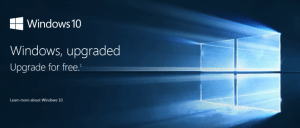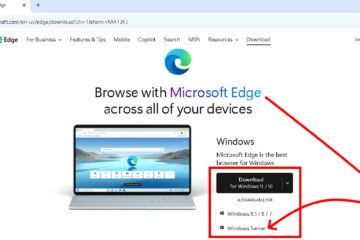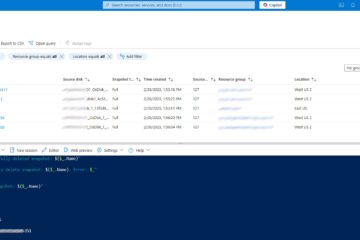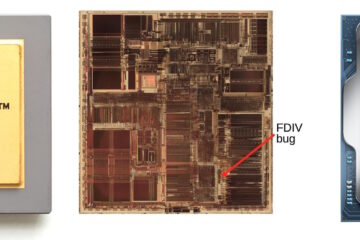Windows 10 and 8 use a substantially different process to create images than what I had used in Windows XP and 7. Fortunately it is not rocket science. The four big differences are:
- You MUST remove the ‘Modern apps’ (anything from the ‘Store’) from the profile you are using to create your image
- If you want to modify the DEFAULT PROFILE, you MUST modify your current profile and then use <CopyProfile>true</CopyProfile> in a command line call to SYSPREP
- If you are using Windows 10 TH2 or newer you can use a Windows 7 or 8 license key.
- This is particularly handy for those Windows 8 PC’s that have the Key embedded in the BIOS
- During the install, just click SKIP THIS STEP on the ENTER PRODUCT KEY SCREEN and it will activate by itself after the desktop appears
- Keep in mind that OEM Windows 8 Pro Keys that are in the BIOS are NOT upgradable to Windows 10 ENTERPRISE.
- You CANNOT use an upgraded version of Windows 10 with SYSPREP
- This means if you installed the July 2015 release build and then upgraded it to TH2, SYSPREP will fail.
- The easy answer is to just use the LATEST (yes, they are different for each build) version of the Windows 10 Media Creation Tool
So lets get to it.
Simple Step By Step Instructions to Build A Windows 10 Customized Image:
- Download the LATEST (yes, they are different for each build) version of the Windows 10 Media Creation Tool
- Install it on a reference PC
- Install all of the software you want on the machine
- A word of caution is that I would not launch any of that software after it is installed as you want it to be fresh and you never know if SYSPREP is going to clear out the settings for third party software
- Run Windows Update and patch everything (again making sure that you do not get a new BUILD of Windows)
- Customize the desktop of the current user and note:
What CAN be modified:
> Windows wallpaper, icons, theme, colors and sounds
> Screensaver
> Taskbar location (bottom, left, top, right)
> File Explorer settings like icon spacing, ribbon ON / OFF, hide / show hidden items, view as, group / sort, additional panes and so on
> Desktop icon spacing and size
> Software installed now will be available to all usersWhat can’t be modified:
> Pinned icons (Taskbarand Start) will not be copied to default profile (UPDATE: DEC 28, 2015 – I have found that non-‘Store’ apps such as Word, Excel, Acrobat, Notepad++ CAN be successfully pinned to the START menu as part of the default image)
> Start Menu and Start Screen will remain default, cannot be modifiedThank you to TENFORUMS for this note.
- Launch a POWERSHELL as an ADMIN and run Get-AppxPackage -AllUsers | Remove-AppxPackage
- Download and unzip THIS simple unattend file for you SYSPREP or make your own using WAIK
- Copy the UNATTEND.XML to your C:\
- Open a CMD PROMPT as an Administrator
- CD into the C:\WINDOWS\SYSTEM32\SYSPREP folder
- Paste in this command
sysprep /oobe /generalize /shutdown /unattend:C:\unattend.xml
- Power the machine up when it is done, PXE boot off the network and push the image to your Windows Deployment Services WDS server
Thanks to Jason Jiang of Microsoft Partner Support and the following reference sites who helped me develop this process:
http://www.tenforums.com/tutorials/3020-windows-10-image-customize-audit-mode-sysprep.html
http://www.tenforums.com/tutorials/4689-apps-uninstall-windows-10-a.html
https://support.microsoft.com/en-us/kb/2769827
https://4sysops.com/archives/remove-provisioned-built-in-apps-in-windows-10/
http://www.ghacks.net/2013/08/20/how-to-remove-all-windows-8-apps-using-powershell/
http://superuser.com/questions/942418/how-do-you-forcefully-remove-apps-in-windows-10
http://www.experts-exchange.com/articles/21679/Windows-10-Sysprep-Guide.html
If you are reading this post, you might also be interested in our simple fix for How to Solve Windows Could Not Complete The Installation Windows, error that can occur after a SysPrep.




34 Comments